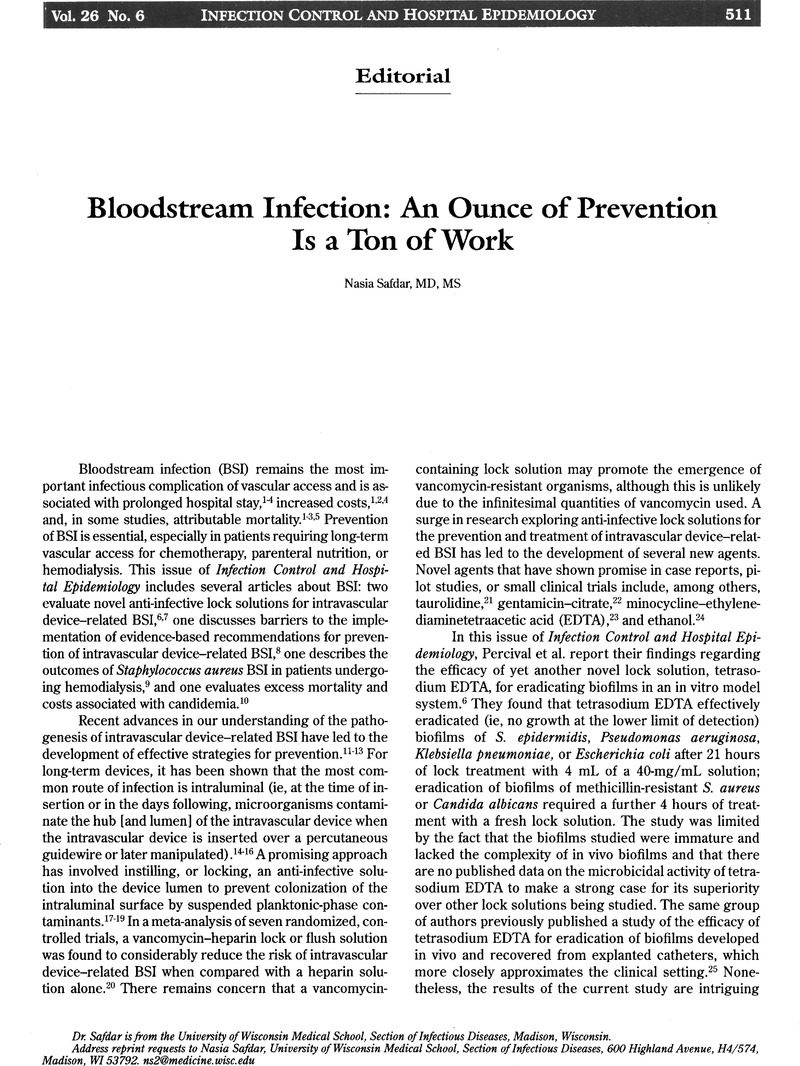Crossref Citations
This article has been cited by the following publications. This list is generated based on data provided by Crossref.
Gasink, Leanne B.
and
Lautenbach, Ebbing
2008.
Prevention and Treatment of Health Care–Acquired Infections.
Medical Clinics of North America,
Vol. 92,
Issue. 2,
p.
295.
Meyer, Jeannette
2009.
A Broad-Spectrum Look at Catheter-Related Bloodstream Infections.
Journal of Infusion Nursing,
Vol. 32,
Issue. 2,
p.
80.
Powers, Richard J.
and
Wirtschafter, David W.
2010.
Decreasing Central Line Associated Bloodstream Infection in Neonatal Intensive Care.
Clinics in Perinatology,
Vol. 37,
Issue. 1,
p.
247.
Chopra, Vineet
O'Horo, John C.
Rogers, Mary A. M.
Maki, Dennis G.
and
Safdar, Nasia
2013.
The Risk of Bloodstream Infection Associated with Peripherally Inserted Central Catheters Compared with Central Venous Catheters in Adults: A Systematic Review and Meta-Analysis.
Infection Control & Hospital Epidemiology,
Vol. 34,
Issue. 9,
p.
908.



